Hyeon-Jeong Suk
Hi,KIA: A Speech Emotion Recognition Dataset for Wake-Up Words
Nov 07, 2022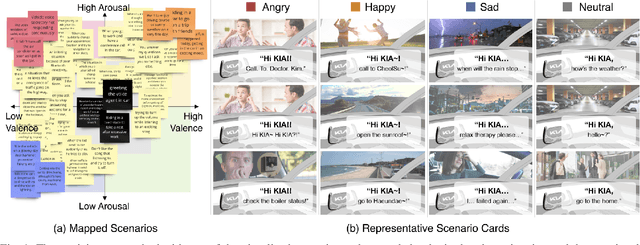
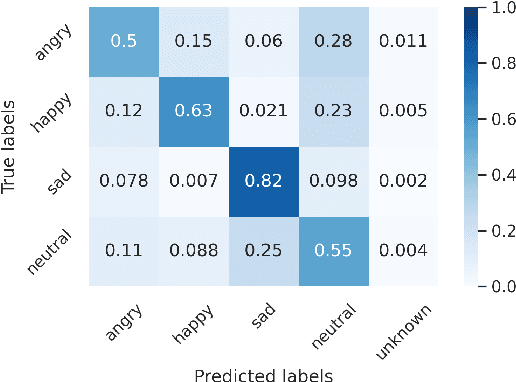
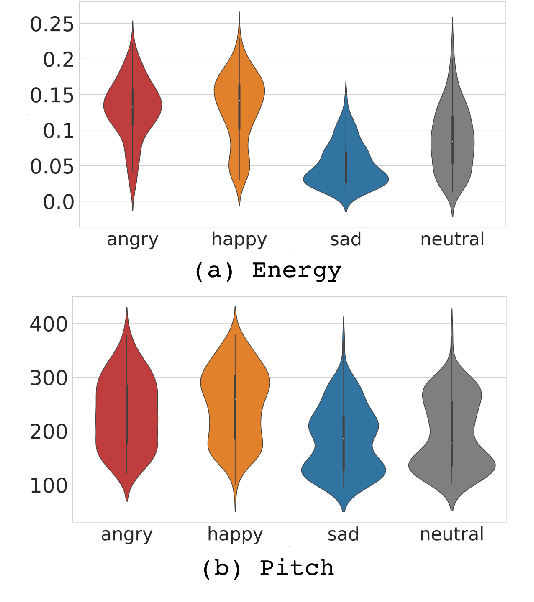
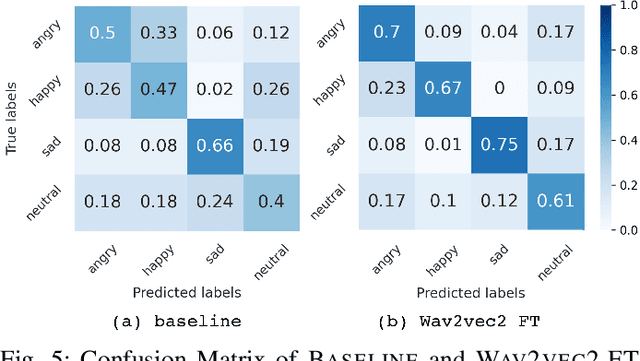
Abstract:Wake-up words (WUW) is a short sentence used to activate a speech recognition system to receive the user's speech input. WUW utterances include not only the lexical information for waking up the system but also non-lexical information such as speaker identity or emotion. In particular, recognizing the user's emotional state may elaborate the voice communication. However, there is few dataset where the emotional state of the WUW utterances is labeled. In this paper, we introduce Hi, KIA, a new WUW dataset which consists of 488 Korean accent emotional utterances collected from four male and four female speakers and each of utterances is labeled with four emotional states including anger, happy, sad, or neutral. We present the step-by-step procedure to build the dataset, covering scenario selection, post-processing, and human validation for label agreement. Also, we provide two classification models for WUW speech emotion recognition using the dataset. One is based on traditional hand-craft features and the other is a transfer-learning approach using a pre-trained neural network. These classification models could be used as benchmarks in further research.
GP22: A Car Styling Dataset for Automotive Designers
Jul 05, 2022

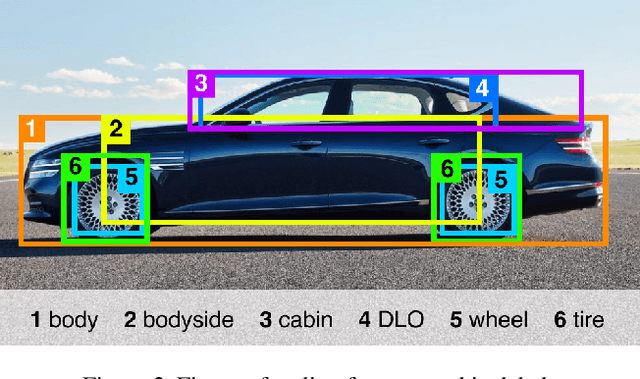
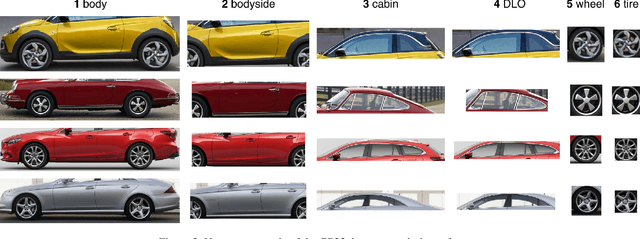
Abstract:An automated design data archiving could reduce the time wasted by designers from working creatively and effectively. Though many datasets on classifying, detecting, and instance segmenting on car exterior exist, these large datasets are not relevant for design practices as the primary purpose lies in autonomous driving or vehicle verification. Therefore, we release GP22, composed of car styling features defined by automotive designers. The dataset contains 1480 car side profile images from 37 brands and ten car segments. It also contains annotations of design features that follow the taxonomy of the car exterior design features defined in the eye of the automotive designer. We trained the baseline model using YOLO v5 as the design feature detection model with the dataset. The presented model resulted in an mAP score of 0.995 and a recall of 0.984. Furthermore, exploration of the model performance on sketches and rendering images of the car side profile implies the scalability of the dataset for design purposes.
* 5th CVFAD workshop, CVPR2022
 Add to Chrome
Add to Chrome Add to Firefox
Add to Firefox Add to Edge
Add to Edge